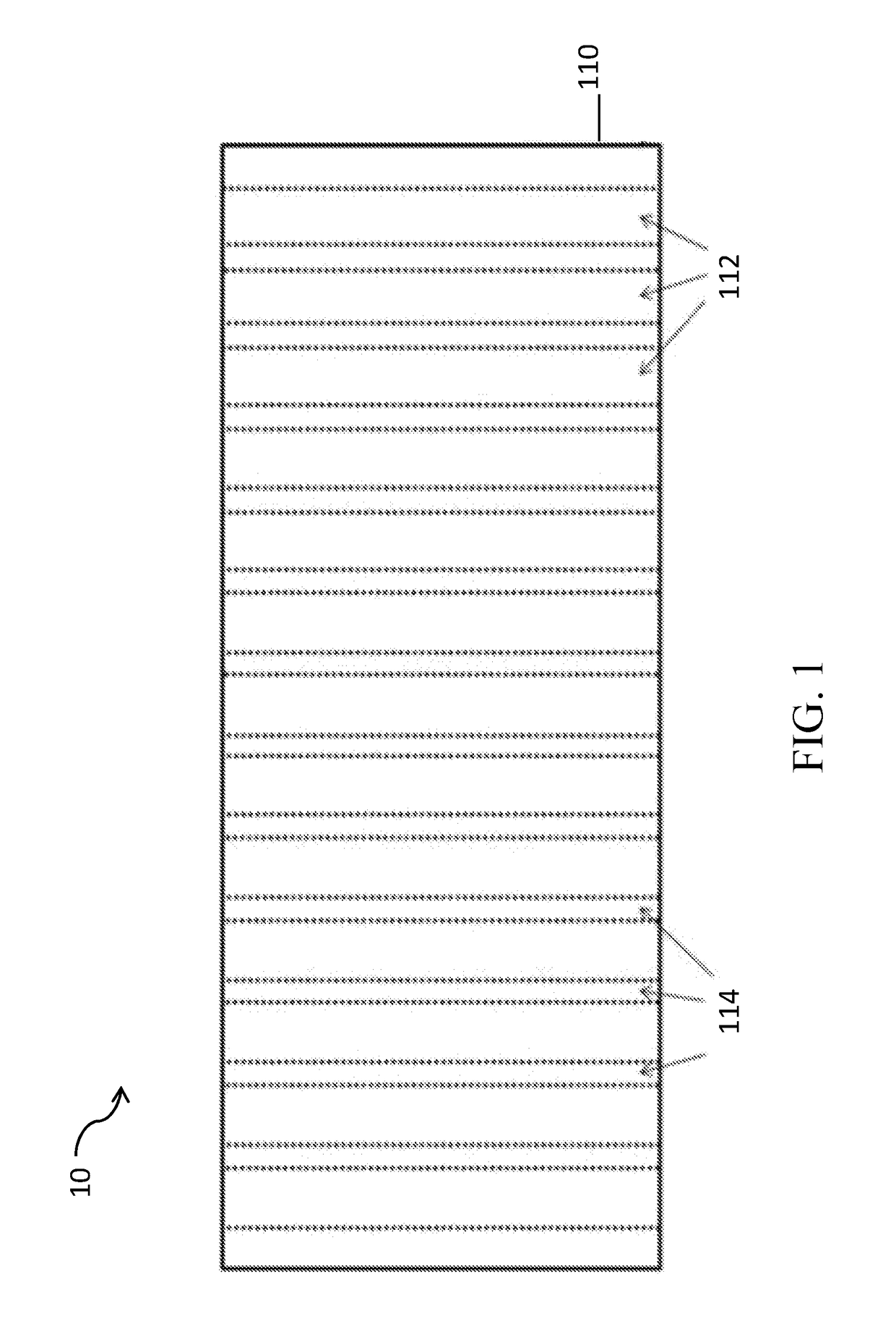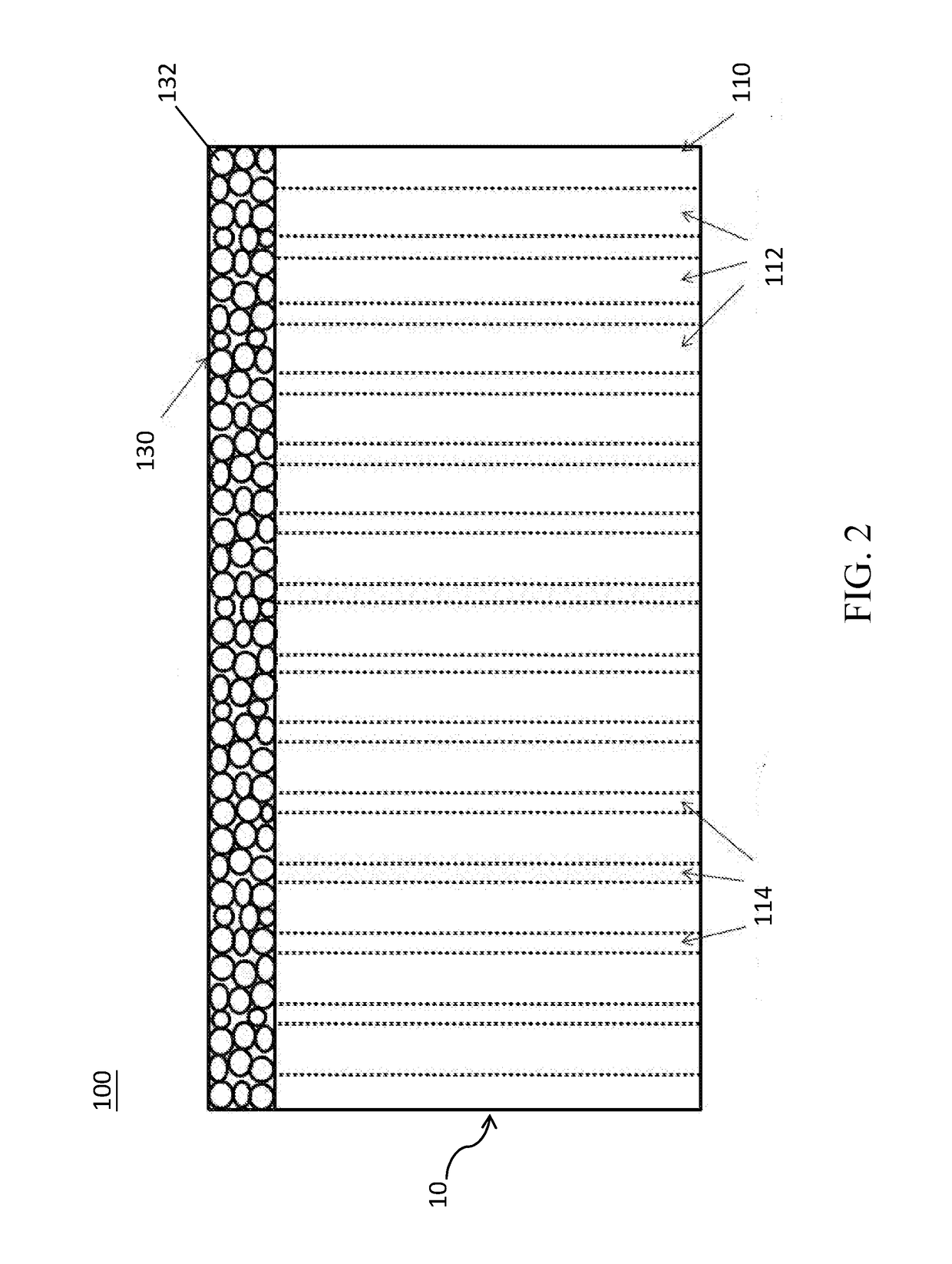Permeable metal substrate, metal-supported solid oxide fuel cell and their manufacturing methods
a technology of metal-supported solid oxide fuel cells and permeable metal substrates, which is applied in the manufacture of cell components, final product manufacturing, electrochemical generators, etc., can solve the problems of difficult hydrogen entering the anode layer, poor permeability of such support elements, and inability to easily drain out the anode layer of anode layers
- Summary
- Abstract
- Description
- Claims
- Application Information
AI Technical Summary
Benefits of technology
Problems solved by technology
Method used
Image
Examples
Embodiment Construction
[0038]For your esteemed members of reviewing committee to further understand and recognize the fulfilled functions and structural characteristics of the invention, several exemplary embodiments cooperating with detailed description are presented as the follows.
[0039]FIG. 1 is a schematic view of a substrate body according to an embodiment of the present invention. FIG. 2 is a schematic view of a permeable metal substrate according to an embodiment of the present invention.
[0040]As shown in FIG. 1 and FIG. 2, a permeable metal substrate 100 includes a substrate body 10 and a permeable or porous powder layer 130.
[0041]In this embodiment, the substrate body 10 is substantially a single thick substrate 110. In reality, the thick substrate 110 can be a metallic interconnect used in a solid oxide fuel cell (SOFC) system. The thickness of the thick substrate 110 is ranged from 0.5 to 1.5 mm and the area size of the thick substrate is ranged from 5×5 cm2 to 20×20 cm2. In addition, the thick...
PUM
 Login to View More
Login to View More Abstract
Description
Claims
Application Information
 Login to View More
Login to View More - R&D
- Intellectual Property
- Life Sciences
- Materials
- Tech Scout
- Unparalleled Data Quality
- Higher Quality Content
- 60% Fewer Hallucinations
Browse by: Latest US Patents, China's latest patents, Technical Efficacy Thesaurus, Application Domain, Technology Topic, Popular Technical Reports.
© 2025 PatSnap. All rights reserved.Legal|Privacy policy|Modern Slavery Act Transparency Statement|Sitemap|About US| Contact US: help@patsnap.com



